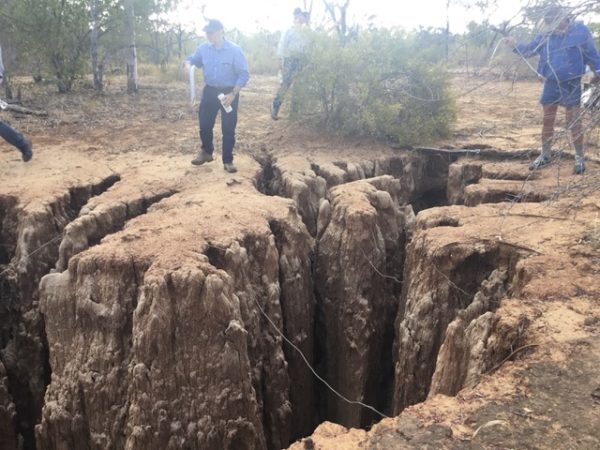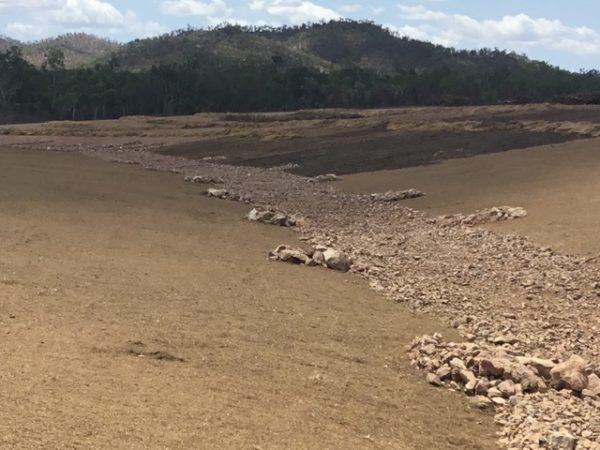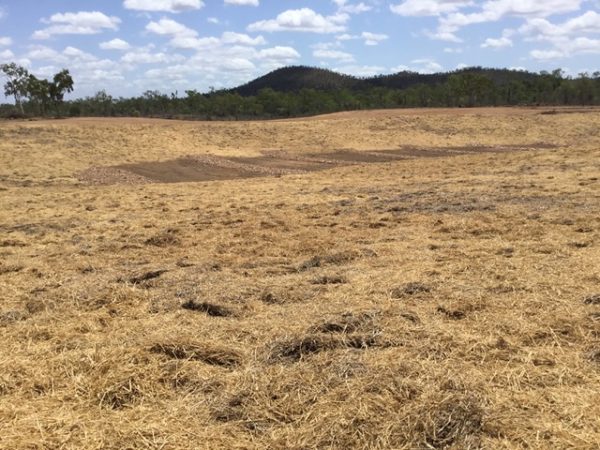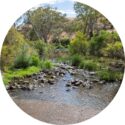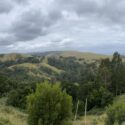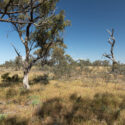Incentives, grazing practices and the Great Barrier Reef
The topic of incentives features regularly in our work.
Anna Roberts from Natural Decisions has recently contributed to a collaborative project to support the trial and evaluation of new incentive approaches as part of the ‘Landholders Driving Change (LDC) Burdekin Major Integrated Project’ funded by the Queensland Government through the Queensland Reef Water Quality Program.
The work was commissioned by the NQ Dry Tropics to support the trial and evaluation of new incentive approaches as part of the LDC project in the Bowen, Broken, Bogie (BBB) catchments. The BBB catchments contribute 25% of the fine sediment discharged to the Great Barrier Reef, primarily from grazing lands.
The project:
- Reviewed relevant land management practices with a focus on grazing and gully remediation and analysed the public and private benefits of practice change;
- Collated and assessed potential incentives to facilitate adoption of desirable land management practices;
- Reviewed and summarised learnings from previous incentive programs; and
- Summarised incentive programs currently available to BBB landholders.
Gully erosion is the dominant source of sediment in the BBB. Practices to reduce sediment loss have been identified, and include managing stocking rates and ground cover, fencing to land type and the provision of watering points, the management of linear features such as roads, gully remediation through erosion stabilisation, revegetation and/or earth works, bank and bed stabilisation.
There are 63 grazing enterprises in the BBB. From both literature and workshops held with graziers in designing the LDC project, factors that influence adoption of new practices were identified to include motivations (intrinsic, lifestyle, financial etc.), attitudes to risk, farm debt and others. Operational and financial constraints can also be a significant influence. Importantly, graziers and grazing enterprises are diverse, with different landholders holding different motivations and facing different barriers, using different practices and engaging with different practice change programs. Some of the most significant water quality gains might be realised by working with the “least engaged” graziers with limited adoption of improved practices. However, this is likely to be challenging to achieve. Innovation and peer-peer learning are led by highly engaged graziers with a high level of adoption of improved practices. Ideally, the LDC project will:
- Engage graziers not previously engaged in extension or water quality programs;
- Accelerate adoption of good practices across the full spectrum of graziers (motivations, practice levels etc.); and
- Develop and test new practices (innovation) by working with graziers who are already using good practices.
A flexible suite of incentives is required to support practice change across these different cohorts of graziers. Different incentives work for different groups of graziers, so layering complementary incentives is likely to achieve outcomes across the grazing community. Incentives include financial, non-financial and regulatory mechanisms to encourage adoption. Non-financial incentives include the provision of information and support through extension and training services, as well as recognising and rewarding high performers. Financial incentives reward particular behaviours and include market-based instruments, grants and subsidies. Regulation is used by governments to proscribe or limit undesirable behaviour (and is not considered as part of the report). Incentives can be used to address market and institutional failures and knowledge constraints that are contributing to the continuation of practices that accelerate erosion.
A public and private benefits analysis was used to derive a set of guiding principles about the appropriateness of non-regulatory incentives for different practices in the BBB. Other factors, however, also need to be considered when deciding on an incentive-based approach and the best mix of incentives. These other factors include engagement objectives, implementation costs, institutional fit and so forth.
If you would like to learn more about this project and/or related work on incentives please contact Anna Roberts anna.roberts@naturaldecisions.com.au or Rachel Eberhard at rachel@eberhardconsulting.com. A full copy of the report is available here.
Reference: Coggan, A., Eberhard, R., Roberts, A., Jarvis, D., Dale, A (2018) Landholders driving change: Exploring new incentives. Scoping and trialling incentives and institutional arrangements.
Posted 9 October 2018 in News















